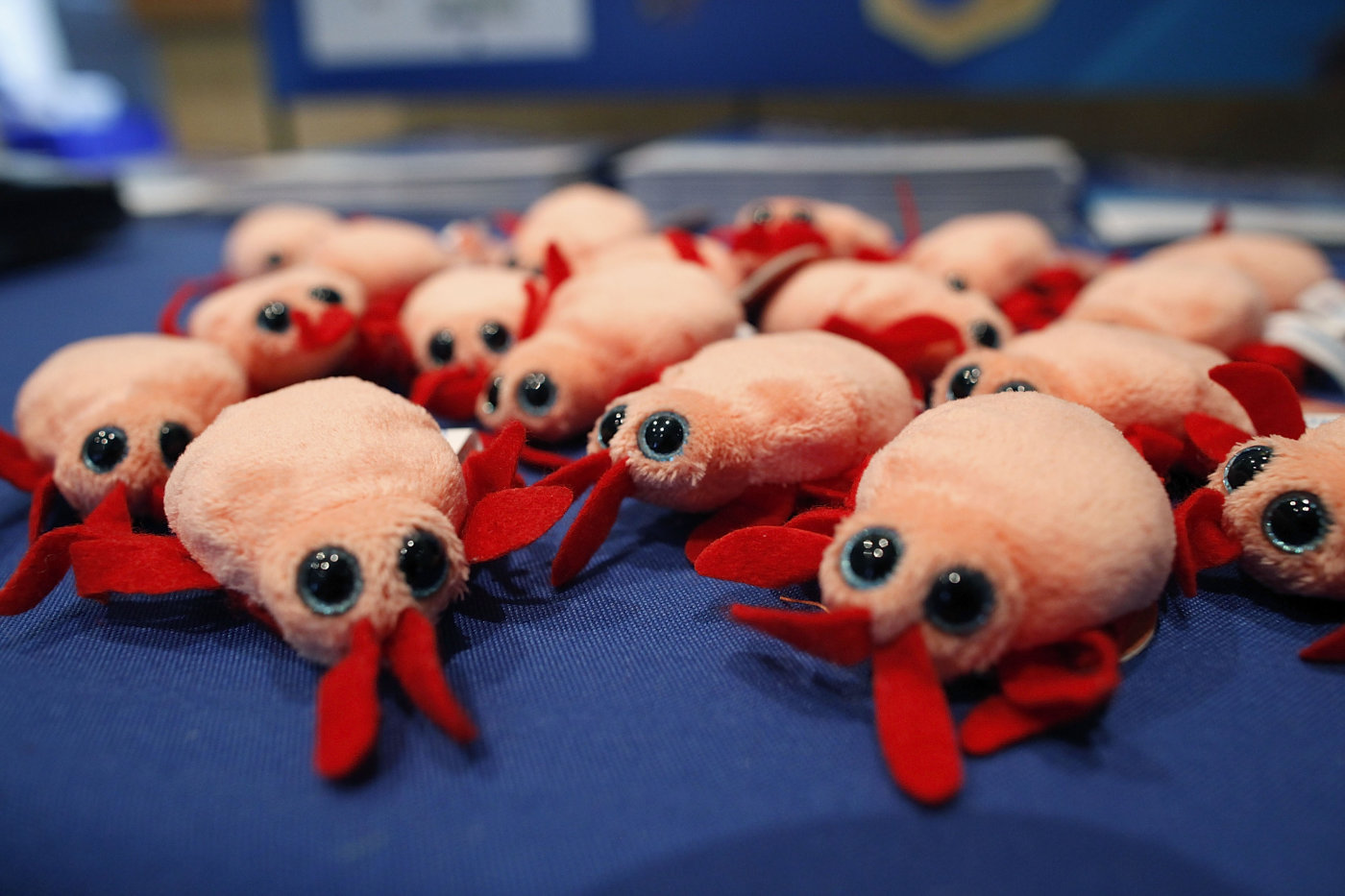Do you want to kill the bed bug? Know his genome, and for the cause

Photo: Brian Kersey / Getty Images
Those who are faced with bed bugs, know how unpleasant this problem. And the main thing - to solve it is very difficult, the bugs are very resistant to poisons, to low / high temperature and other factors. You can bring them, but this is not a matter of one day. And when you have already decided that everything is a victory - they come back.
Scientists decided not to go the beaten path, and find their solution to the problem. And this solution is the decoding of the bug bug genome in order to determine the optimal method for combating arthropods. To successfully fight the enemy - you need to know him. The bug bug genome, by the way, has already been decrypted , so now it only remains to find vulnerabilities.

Cimex lectularius himself
')
You might think that deciphering the genome of an organism like a bed bug is a simple matter. After all, the human genome has already been deciphered, the mammoth and other animals, modern and extinct, are successfully sequenced. What can be difficult with a bug? In fact, scientists had to compare the genomes of bedbugs, starting in 1973 and ending with modern samples. I even had to look for differences in the genomes of bugs, which were not yet full, and those who had already drank blood.
The results are amazing. Bedbug genomes differ not only depending on the region where the sample was taken, but also depending on the object in which the bugs live. For example, the genomes of bugs found on ordinary benches in parks differ from the genetic material of bugs found in the subway, on the seats.
How common bugs say no. According to information obtained during a survey in 2011, every fifth American was faced with this problem. Probably, in other countries the situation is similar. Only on Antarctica have not yet caught bedbugs, and so they are on all continents.
According to this study , over time, bugs have become 30 thousand times more resistant to poisons, which are traditionally used to combat them.
Preliminary research provided an opportunity to talk about a more effective fight against bedbugs. So, scientists are already creating a migration card for bedbugs, and are looking for an opportunity to prevent such migrations before the bugs begin to cause problems in new habitats. It is also worth using antibiotics that kill the buggy-friendly bacteria, along with poisons that are commonly used. Some species of bacteria contribute to the growth and reproduction of bedbugs, so that the destruction of these microorganisms can significantly complicate the life of harmful arthropods. It’s not yet necessary to say that a universal remedy has been found, but that bugs will become more vulnerable to our attacks, we can talk about this with confidence.
Source: https://habr.com/ru/post/390105/
All Articles